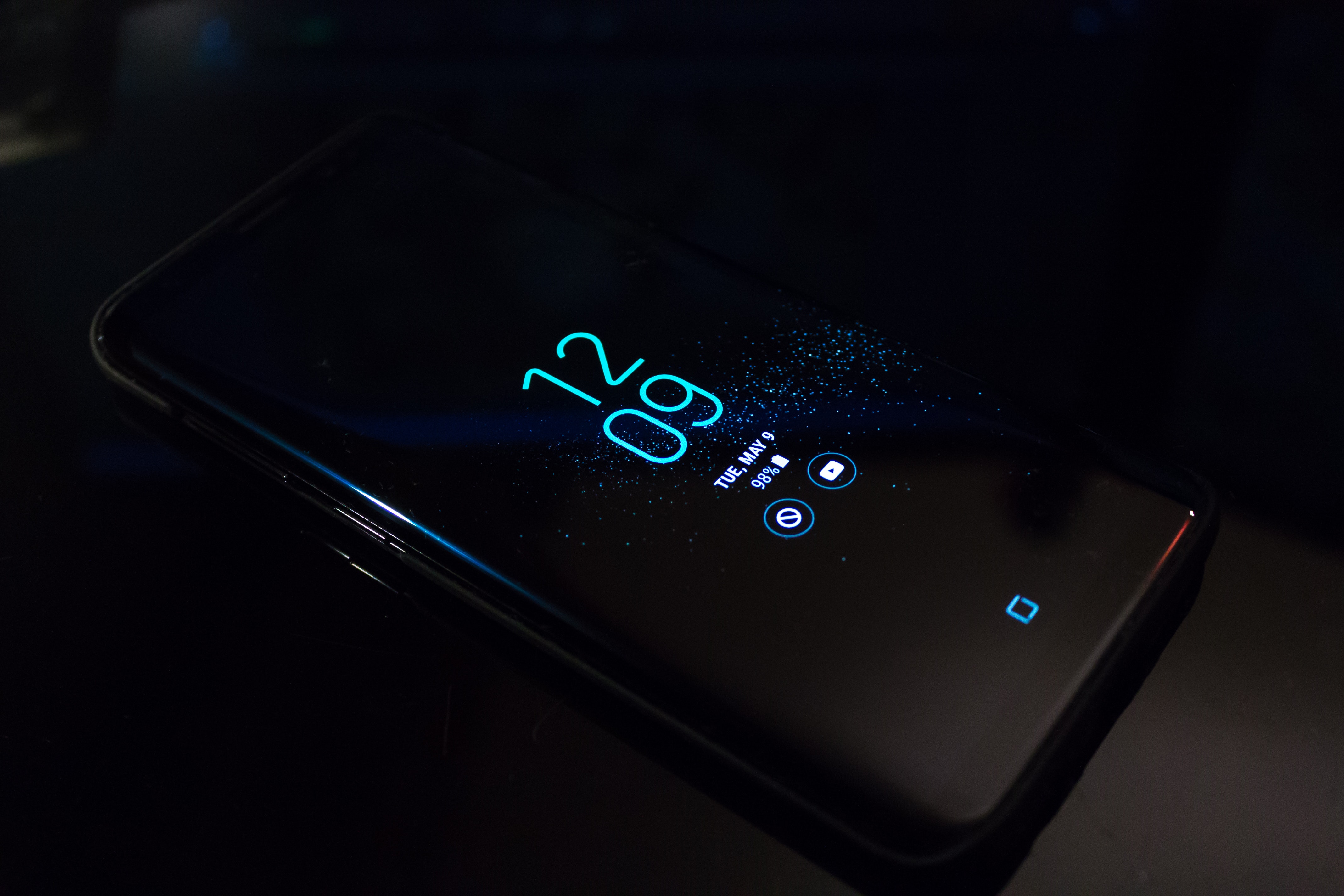In the dynamic world of design, trends come and go, leaving their mark on the aesthetics of digital interfaces. One such trend that has recently gained attention is Neumorphism, a design style that beautifully marries the elements of flat design and skeuomorphism. Neumorphism, often referred to as "New Skeuomorphism," aims to strike a balance between the sleekness of flat design and the realism of skeuomorphism, resulting in a unique and visually captivating user experience.
The origin of Neumorphism can be traced back to a desire to reintroduce depth and realism into user interfaces while retaining the elegance and simplicity associated with flat design. The term itself is a blend of "new" and "skeuomorphism," encapsulating the essence of this design trend. Skeuomorphism, a design philosophy that mimics real-world objects, was initially prominent in early computing to make interfaces more relatable and user-friendly.
In response to skeuomorphism, flat design emerged as a minimalist approach. Flat design discarded unnecessary ornate elements, focusing solely on what aids user interaction. It marked a shift towards cleaner, more streamlined designs that resonated well with modern aesthetics.
However, as with any design evolution, there were limitations. While flat design showcased simplicity, it sometimes lacked depth and visual interest. This led to the birth of Neumorphism, which can be considered a harmonious fusion of both worlds. Neumorphism employs a delicate touch, manipulating light, shadows, and shapes to create a sense of dimensionality. Rounded corners and fine lines are favored, contributing to a softer and more inviting visual experience. The ample use of white or gray space ensures that each element breathes, resulting in layouts that are open and welcoming.
Neumorphism is often fondly dubbed "soft UI," underscoring its gentle and inviting appearance. This design style positions elements slightly elevated from the background, akin to raised shapes crafted from materials closely resembling the backdrop. The color palette of these elements harmonizes with the background, either matching it closely or introducing subtle variations. This approach imparts a sense of continuity and unity, making the interface visually appealing and harmonious.
Alexander Plyuto is credited with sparking the Neumorphism movement. His visionary interface designs showcased a world where skeuomorphism remained relevant in the modern era. This design approach breathes life into applications by embracing minimalism while maintaining a semblance of three-dimensionality through elements like buttons.
Neumorphism shares a common thread with material design in that both involve layering elements. In material design, elements appear to float above the background, facilitated by a shadow effect. Neumorphic design, on the other hand, situates elements directly atop the background surface, creating a subtle but noticeable depth.
However, despite its undeniable visual allure, Neumorphism does come with limitations. The subtle color variations that enhance its aesthetics can sometimes lead to low contrast ratios, which can pose accessibility challenges. Nevertheless, Neumorphism's innovative blend of realism and simplicity continues to captivate designers and users alike.
Neumorphism stands as a testament to the ever-evolving nature of design trends. By uniting the best of flat design's minimalism and skeuomorphism's realism, Neumorphism offers a fresh perspective on user interface aesthetics. Its soft edges, delicate shadows, and inviting layouts create an experience that strikes a balance between the familiar and the modern, making it a noteworthy design trend in the realm of digital interfaces.
- Victoria White
